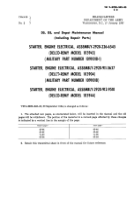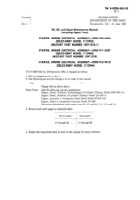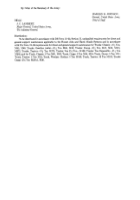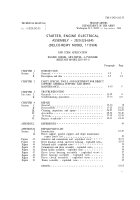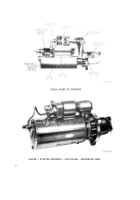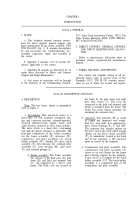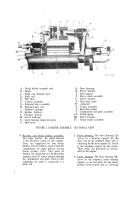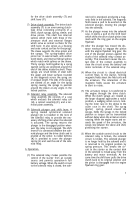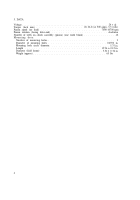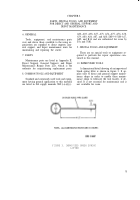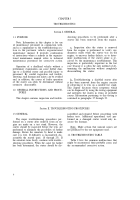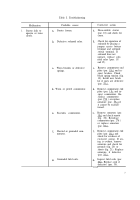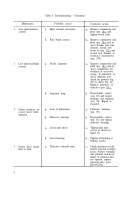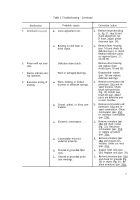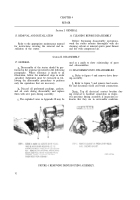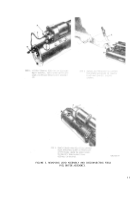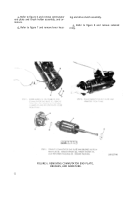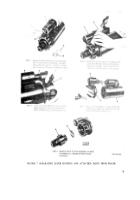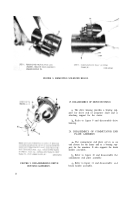TM-9-2920-242-35 - Page 15 of 110
CHAPTER 3
TROUBLESHOOTING
Section I. GENERAL
11. PURPOSE
Note. Information in this chapter is for use
of maintenance personnel in conjunction with,
and as a supplement to, the troubleshooting sec-
tion in the pertinent vehicle organizational
maintenance manual. It provides continuation
of instructions where a remedy in the organiza-
tional maintenance manual refers to technical
maintenance personnel for corrective action.
Operation of a deadlined vehicle without a
preliminary examination can cause further dam-
age to a disabled starter and possible injury to
personnel. By careful inspection and trouble-
shooting, such damage and injury can be avoided
and, in addition, the causes of faulty operation
of the starter can often be determined without
extensive disassembly.
12. GENERAL INSTRUCTIONS AND PROCE-
DURES
This chapter contains inspection and trouble-
shooting procedures to be performed after a
starter has been removed from the engine.
a. Inspection after the starter is removed
from the engine is performed to verify any
diagnosis made when the starter was on the
engine, to uncover further defects, or to deter-
mine malfunctions if the starter alone is re-
ceived by the maintenance establishment. This
inspection is particularly important in the last
case because it is often the only method of de-
termining the malfunction without completely
disassembling the starter.
b. Troubleshooting a disabled starter after
it has been removed from the engine consists
of subjecting it to tests on a suitable test stand.
This chapter discusses those symptoms which
can be diagnosed by using the testing equipment
and interprets the results in terms of probable
causes. Information pertaining to this testing is
contained in paragraphs 37 through 39.
Section II. TROUBLESHOOTING PROCEDURES
13. GENERAL
The major troubleshooting procedures per-
formed on a starter after removal from an en-
gine are made on a test stand. However, the
starter should be inspected before the tests are
performed to eliminate the possibility of further
damage. Rotate the armature by hand to make
sure it is free. If difficulty is encountered, dis-
assemble the started (pars. 18 through 23). If
the armature turns freely, continue with trouble- -
shooting procedures. When the cause for failure
has been determined, the starter should be dis-
assembled and repaired before proceeding with
further tests. Additional operational tests per-
formed on a damaged starter would only in-
crease the damage.
Note. Make certain that unusual noises are
not produced by the test equipment used.
14. TROUBLESHOOTING TABLE
Table I lists the common malfunctions that
might be encountered, their probable cause, and
the recommended corrective action.
6
Back to Top

